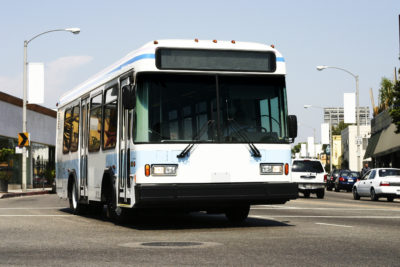For the most part, older drivers self-regulate, that is, they may not drive at night as much, venture out in inclement weather, drive in unfamiliar areas or drive in rush hour traffic. Rather than self-regulate so much that not driving means you miss activities you formerly enjoyed and your social space gets smaller and smaller, why not take a cab or supplemental transportation program (STP) to get you where you want to go, when you want to go there?
(For readers who say, Who can afford to take cabs? My response is to start your own personal transportation savings account as part of your retirement planning and use that account when you retire from driving.)
I suggest that the time to learn about public transportation and supplemental transportation options is while you are still driving and considering the transition from the driver’s seat to the passenger seat.
The same reasons that persons retire from driving are likely to be similar to the reasons individuals are unable to negotiate public transit that is, for the physical frail, the walking involved in using public transit may be too strenuous and for the cognitively frail, the executive function needed to safely drive and get to and from intended destinations may correspond to confusion with successfully utilizing public transit.
Individuals who reach these thresholds of impairment and their family members are encouraged to explore paratransit, specialized supportive transportation that may be available through their regional transportation authorities, or community-based Supplemental Transportation Programs (STPs). STPs are designed to fill in the gaps where public transportation may not be sufficient in meeting transportation needs.
Start Early and Learn Your Options
People who have had the experience of using multiple modes of transit throughout their lives have already figured out how to get to where they want to go without driving themselves. They have that skill set. For others who have only depended on driving themselves, the idea of using public transit may seem daunting. Travel training, learning how to use public transit, may be a good way for them to find their comfort zone.
Know When You’re in That Transitioning Phase
If you have concerns about your own driving or others have expressed concerns, review information provided in The Hartford’s We Need to Talk and At The Crossroads guides. While you are in the process of thinking, talking, and actually doing self-screening—that is a great time to explore community mobility options and answer the question, how will I get to where I need to go if I do not drive myself? Thinking through that plan will help you make the transition to the passenger seat more smoothly.
If the results of your self-screening leave you with more questions, discuss with your doctor about taking a specialized driving assessment provided by a certified driver rehabilitation specialist, often an occupational therapist or driving instructor. If periodic monitoring of your driving skills is recommended, then this is also a good time to explore community mobility options as well.
Nina M. Silverstein, Ph.D., is Professor of Gerontology at the University of Massachusetts Boston. She has worked closely with the Alzheimer’s Association on projects relating to caregiver support groups, home safety adaptations, respite care, and environmental and behavioral issues in special care units for people with dementia.
Dr. Silverstein is collaborating with The Hartford to share her expertise. The Hartford does not endorse or have any association with the products and/or services referenced. All opinions are those of Dr. Silverstein and do not reflect the opinion of The Hartford.






